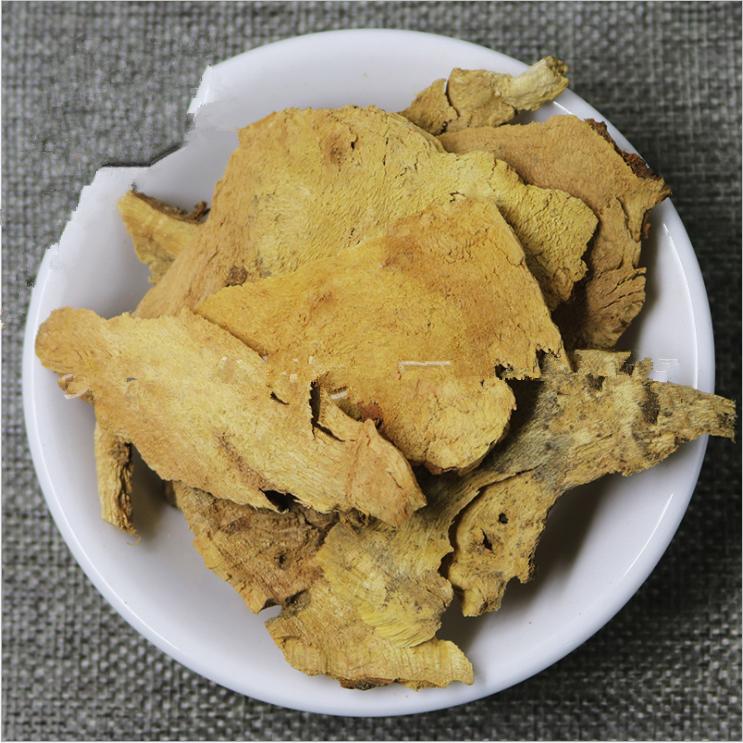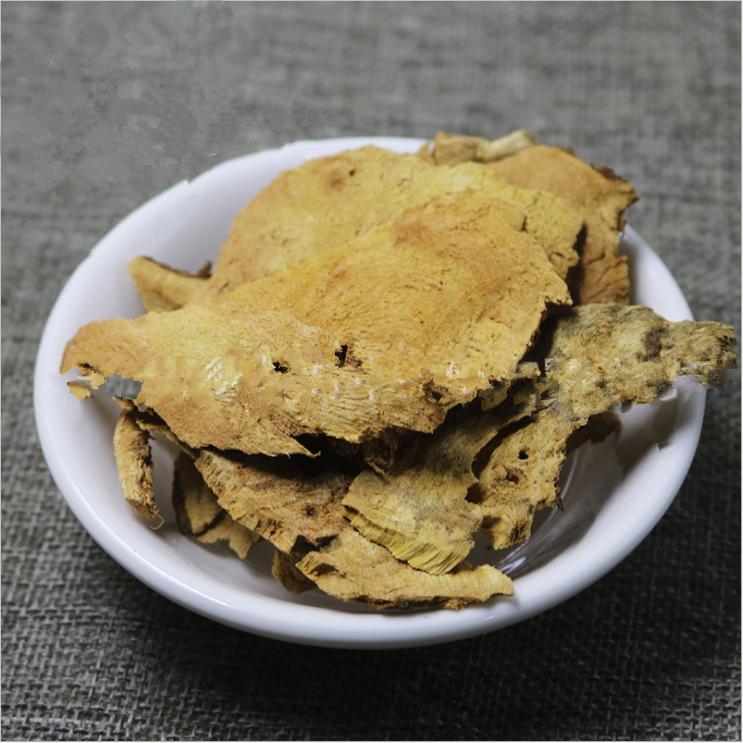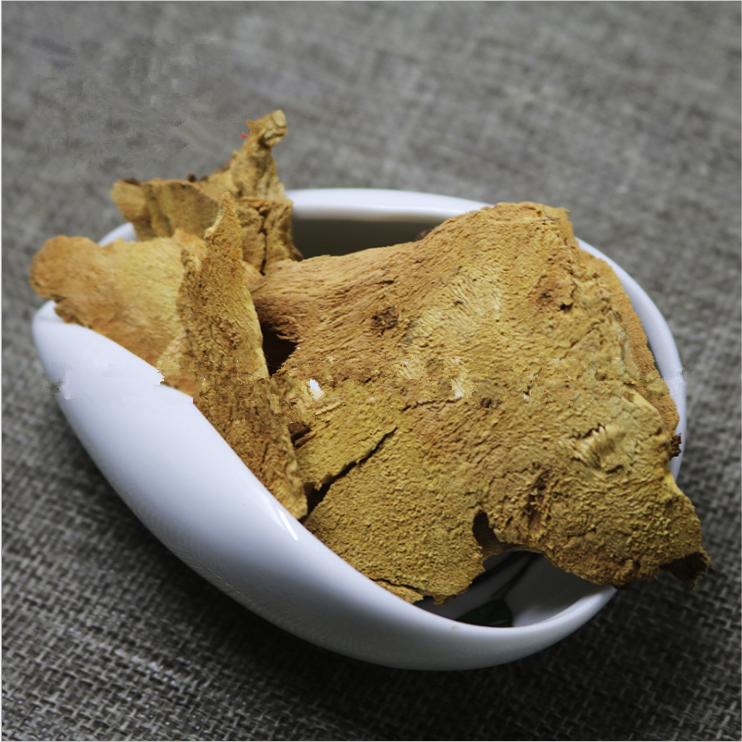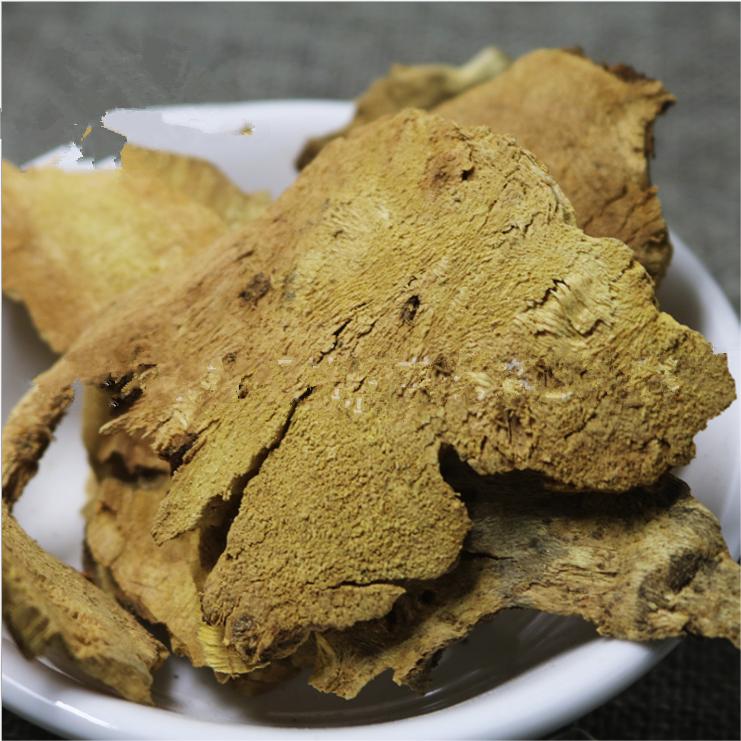
Nettle, known scientifically as Urtica dioica,
is a versatile herb that has been used in traditional Chinese medicine (TCM) for centuries. Despite its notorious stinging hairs that can cause skin irritation, nettle is highly valued for its therapeutic properties and is commonly used to address a range of health issues.
In TCM, nettle is recognized for its ability to dispel wind, eliminate dampness, and relieve itching. It is often prescribed in the treatment of allergic rhinitis, arthritis, gout, and urinary system disorders due to its anti-inflammatory and diuretic effects. The astringent quality of nettle also makes it useful in managing bleeding and hemorrhage conditions.
The plant is rich in nutrients such as vitamins A and K, as well as minerals like iron, calcium, and phosphorus. Nettle is also a source of various bioactive compounds including flavonoids, tannins, and sterols, which contribute to its medicinal benefits. Its high antioxidant content helps to protect against oxidative stress, reducing inflammation in the body.
Nettle can be administered in various forms including oral decoctions, topical applications, and even eaten fresh in salads after being cooked to remove the stinging hairs' effect. However, as with any herbal remedy, it is important to use nettle under the guidance of a TCM practitioner to ensure proper dosage and to avoid potential side effects or interactions with other medications.
Despite its small and unassuming appearance, nettle's robust medicinal profile makes it a cherished component of TCM, supporting general wellness and addressing specific health concerns.










